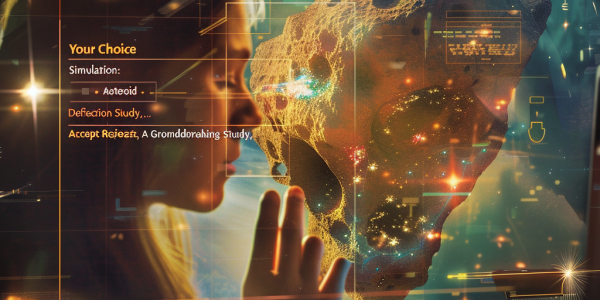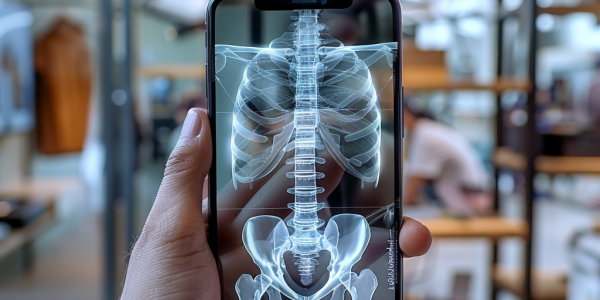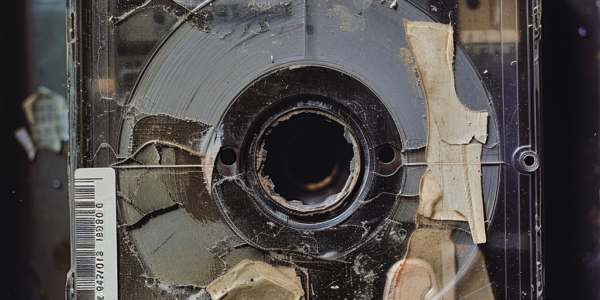Balancing Online Privacy and Asteroid Deflection Research
In a groundbreaking study published in Nature Physics, researchers at Sandia National Laboratories have simulated asteroid deflection using X-ray pulses, highlighting the urgent need for effective planetary defense against hazardous near-Earth objects. This innovative research, which builds on NASA’s Double Asteroid Redirection Test (DART), offers promising techniques for safeguarding Earth from potential asteroid impacts.
Researchers Develop Imager Chip Inspired by Superman’s X-Ray Vision
Researchers from The University of Texas at Dallas and Seoul National University have developed an imager chip inspired by Superman’s X-ray vision, set to revolutionize object detection in mobile devices. The technology, showcased in a recent study and detailed in IEEE Transactions on Terahertz Science and Technology, utilizes signals from 200 to 400 gigahertz for safety. Supported by Texas Instruments and Samsung, the chip offers enhanced image quality and privacy features, with future plans to visualize smaller objects from up to 5 inches away.
Einstein Probe Reveals First Images with Lobster-Inspired Optics
The Einstein Probe, a cutting-edge space X-ray telescope, has unveiled its first images showcasing innovative lobster-eye optics during the 7th workshop of the Einstein Probe consortium in Beijing. Launched in 2024 by the Chinese Academy of Sciences, this collaborative mission promises to explore the Universe through X-ray light, offering a wide-field X-ray Telescope (WXT) and Follow-up X-ray Telescope (FXT) to capture celestial phenomena with remarkable precision. Prof. Carole Mundell, ESA Director of Science, highlights the mission’s potential to uncover new celestial sources and enhance our understanding of the high-energy Universe.
Scientists Capture First-Ever X-ray Image of Single Atom, Opening New Possibilities in Atomic Research
Scientists have achieved a groundbreaking feat in atomic research by capturing the first-ever X-ray image of a single atom. This advancement allows for the identification and measurement of individual atoms’ chemical states, offering unprecedented insights into the atomic world. The study opens up new possibilities for studying atoms and their behaviors, with potential impacts on environmental and medical sciences. This milestone in atomic research paves the way for transformative discoveries in understanding the fundamental building blocks of matter.
New Technique Uses Synchrotron X-Ray Light to Digitize Historic Audio Tapes
Researchers are developing a groundbreaking technique that utilizes synchrotron X-ray light to digitize historic audio tapes without causing damage, preserving rare recordings, including treasures from the Montreux Jazz Festival archive. The method aims to address the ongoing challenge of digitizing analog magnetic media before they become unplayable, with a physicist at PSI leading the development of a non-destructive digitization method using X-ray light to achieve the highest quality results.
Groundbreaking Discovery in Generating Highly Focused and Intense X-rays
Scientists at Nanyang Technological University, Singapore, have made a groundbreaking discovery in the field of generating highly focused and intense X-rays. The team has developed a new energy-efficient method that can produce X-rays up to a thousand times more intense…
AI Algorithm Allows Chest X-ray to Diagnose COVID-19 with 98% Accuracy
MEDICAL AI Algorithm Allows Chest X-ray to Diagnose COVID-19 with 98% Accuracy Researchers have developed a deep learning-based AI algorithm that can detect COVID-19 infection from chest X-rays with more than 98% accuracy. The algorithm distinguishes between normal X-rays and…







